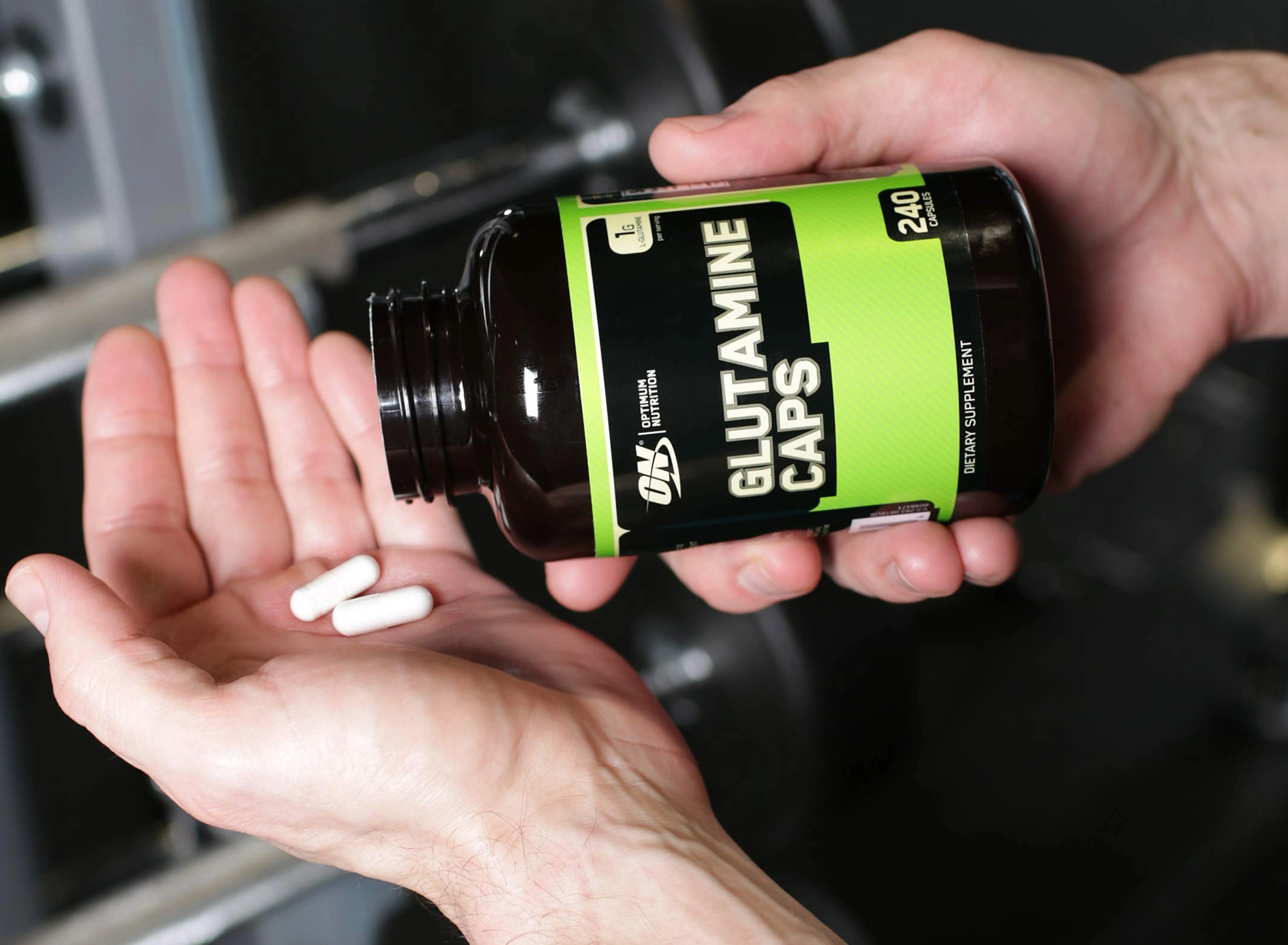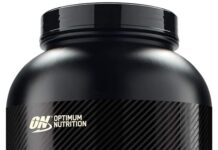The age-old adage of “8-12 reps for hypertrophy” has been ingrained in many gym-goers’ minds. While it serves as a decent starting point, achieving optimal muscle growth requires a more nuanced understanding of training variables.
I am always consistent about needing to work in that 8-12 rep range, 4 sets with most exercises, but there are times when I would consider going a little higher.
Why Reps and Sets Matter
Muscles grow through a process called hypertrophy, which involves an increase in the size of individual muscle fibers. This adaptation is triggered by mechanical stress placed on the muscles during exercise. Two key factors influencing hypertrophy are:
- Mechanical Tension: The amount of force generated by the muscle during a contraction. High weight with lower reps generally creates greater tension.
- Metabolic Stress: The buildup of metabolic byproducts like lactic acid within the muscle. This is often associated with higher reps and shorter rest periods.
 The Rep Range Spectrum and Muscle Growth
The Rep Range Spectrum and Muscle Growth
Contrary to the traditional 8-12 rep dogma, research suggests that all rep ranges can contribute to muscle growth, albeit through slightly different mechanisms:
- 1-5 Reps (High Intensity): Lifting heavy weights with low reps focuses on recruiting high-threshold motor units, which contain the largest and strongest muscle fibers. This approach is particularly effective for building strength and power, which can indirectly translate to muscle growth.
- 6-12 Reps (Hypertrophy Zone): This classic range offers a good balance between mechanical tension and metabolic stress, making it a versatile zone for hypertrophy training. Studies have shown significant muscle growth using this rep range, especially for beginners and intermediate lifters.
- 13-20 Reps (Moderate Intensity): Higher reps with moderate weight emphasize metabolic stress, leading to greater fatigue and the burning sensation associated with “the pump.” While this approach might not generate the same level of tension as lower reps, it can still promote muscle growth and improve muscular endurance.
- 20+ Reps (Low Intensity): While not the primary driver of hypertrophy, very high reps can be beneficial for muscular endurance and blood flow, potentially aiding recovery. This rep range might be used strategically as a finisher or for pre-exhaustion techniques.
Optimizing Rep Ranges for Different Muscle Groups
Different muscle groups may respond better to specific rep ranges:
- Large Muscle Groups (Legs, Back, Chest): These muscles have a higher capacity for generating force, making them well-suited for a wider rep range (6-20 reps) depending on training goals. For building size and strength, consider incorporating a mix of rep ranges throughout your workouts.
- Smaller Muscle Groups (Shoulders, Arms): These muscles often require a more targeted approach. Lower rep ranges (6-12 reps) with heavier weights might be more effective for building strength and mass, while incorporating some higher rep sets (12-20 reps) can improve muscular definition.
Beyond Reps and Sets: Additional Considerations
Building muscle requires a holistic approach. Here are some additional factors to consider for optimal results:
- Progressive Overload: Gradually increasing training volume (sets x reps x weight) over time is crucial for continued muscle growth. This can be achieved through adding weight, reps, sets, or reducing rest periods.
- Rest Periods: Rest periods between sets should be adjusted based on the rep range. For heavier weights and lower reps, longer rest periods (2-3 minutes) allow for complete recovery, maximizing strength gains. Shorter rest periods (30-60 seconds) during higher rep sets can increase metabolic stress and muscular fatigue.
- Exercise Selection: Compound exercises that engage multiple muscle groups are highly effective for overall growth. However, incorporating isolation exercises allows you to target specific muscle groups for additional sculpting.
- Training Frequency: Muscles need adequate rest and recovery to grow. Aim for 2-3 training sessions per week for each muscle group, allowing at least 48 hours of rest between workouts.
Check Out Our List Of The Best Supplements For Building Muscle, Shredding Muscle, Recovery, And Great Health, and Wellness Products! Purchase ifbnewsfeed.org‘s apparels Here: ifbnewsfeed.org
-
1 Stubborn Calves
-
2 More Deltoid Volume & Feel
-
3 Bigger Pec Pump
Wrapping Up
More About Reps and Sets Range Contents
- Build Up “Crazy Shoulders” By Using Shoulder Pressing To Build Big Deltoids
- Build Up “Enormous Chest” With These 5 Ultimate Chest Training Blueprint
- Add Size To Your “Calves” With This Incredible Workout

- Get $200 With Your 1st Order Because Your Health Matters
- Best Supplements For Muscle Building, Strength & Champion Performance
- Best Supplements For Intense Energy, Performance & Endurance
For More News And Daily Updates, Follow IFBNewsfeed.Org on Facebook, Twitter, and Instagram. Comment, Like, And Share With Everyone Who May Need To Be Updated With The Most Recent Fitness/Bodybuilding/Powerlifting And CrossFit News.






















































Thanks for sharing. I read many of your blog posts, cool, your blog is very good.
We appreciated your feedback!